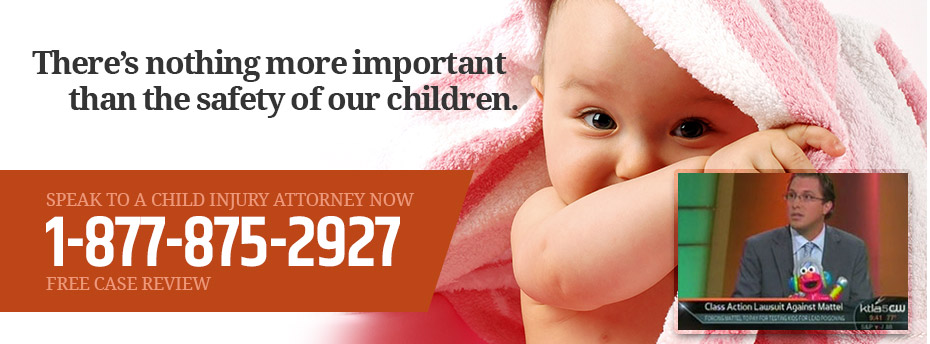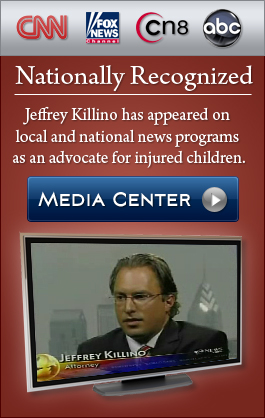All of us at Child Injury Firm would like to express our deepest sympathies to all those affected by the tragic tornado outbreak in Oklahoma last week. Our thoughts are with you as you mourn the loss of loved ones, and as you begin to rebuild.
In light of the tragic events in Oklahoma, tornado safety is at the forefront of the mind of most Americans, especially those that are parents and grandparents. The images from Moore, Oklahoma, of the leveled elementary schools and the children emerging from them will certainly stay at the front of our minds for some time to come.
Even in tragic situations such as the most recent one, proper safety precautions can make the difference between life and death. By being knowledgeable, prepared, and ready to jump into action, you can protect yourself and your children from these massive, damaging storms.
Most informative literature on the subject agrees that the most important component of dealing with tornados is having a disaster plan. Be sure to put together a plan and explain it to your children before the storm occurs. It can be very helpful to run tornado drills, so that the children are familiar with the procedures long before there is a need to carry them out.
As part of your plan, put together a disaster kit for your home and for your car. In this kit, include first aid supplies, canned food, a can opener, bottled water, clothing, flashlights, a battery-operated radio, and written instructions on how to turn off electricity, gas, and water, all actions that can prevent extensive damage to your home. If you have time to prepare, also pack tennis shoes, pet food, cell phone chargers, essential medications, important documents (such as home insurance verification, social security card), and other irreplaceable items.
Make sure your child knows where they should go in the case of a tornado warning. Often, the sound of the tornado sirens can be disorienting and scary to children, thus making tornado drills even more important.
Some basic tornado instructions are listed below. Share and practice these with your children as often as needed:
Once a tornado watch has been issued or tornado sirens go off:
– Go to a basement, underground shelter, cellar, or other structure underneath the ground
– If you cannot go underground, move to an interior room of your house on the lowest floor with no windows, such as a bathroom or closet
– Cover your head with pillows, mattresses, and/or blankets to shield yourself from flying and falling debris
– If you are in a mobile home or vehicle, abandon it and find shelter, in a ditch or low-lying area if there is nowhere else to go
– Do not seek shelter under bridges or overpasses
– Stay away form power lines, water lines, and damaged areas as fires, gas leaks, and electrical blackouts are all common during a tornado
– If at school, follow the official disaster plan learned during drills
– Crouch down on your knees and cover your head and neck with your hands, underneath desks or other solid furniture if possible
For those in the path of tornadoes frequently, such as those in the Midwest and Great Plains, it is the absolute best idea to purchase and install a storm shelter below ground. Tornadoes of EF-4 and EF-5 size are damaging and violent enough to injure or possibly kill those not taking shelter underground. Also, be sure to register your shelter so that emergency first responders will know to look for you after the storm and help you out in the case of damage to your home.
Preparedness, planning, and drills can make a huge difference when it comes to protecting you and your children during a violent tornado outbreak. Make a plan, educate your household, and you will have the edge when a tornado comes your way.





